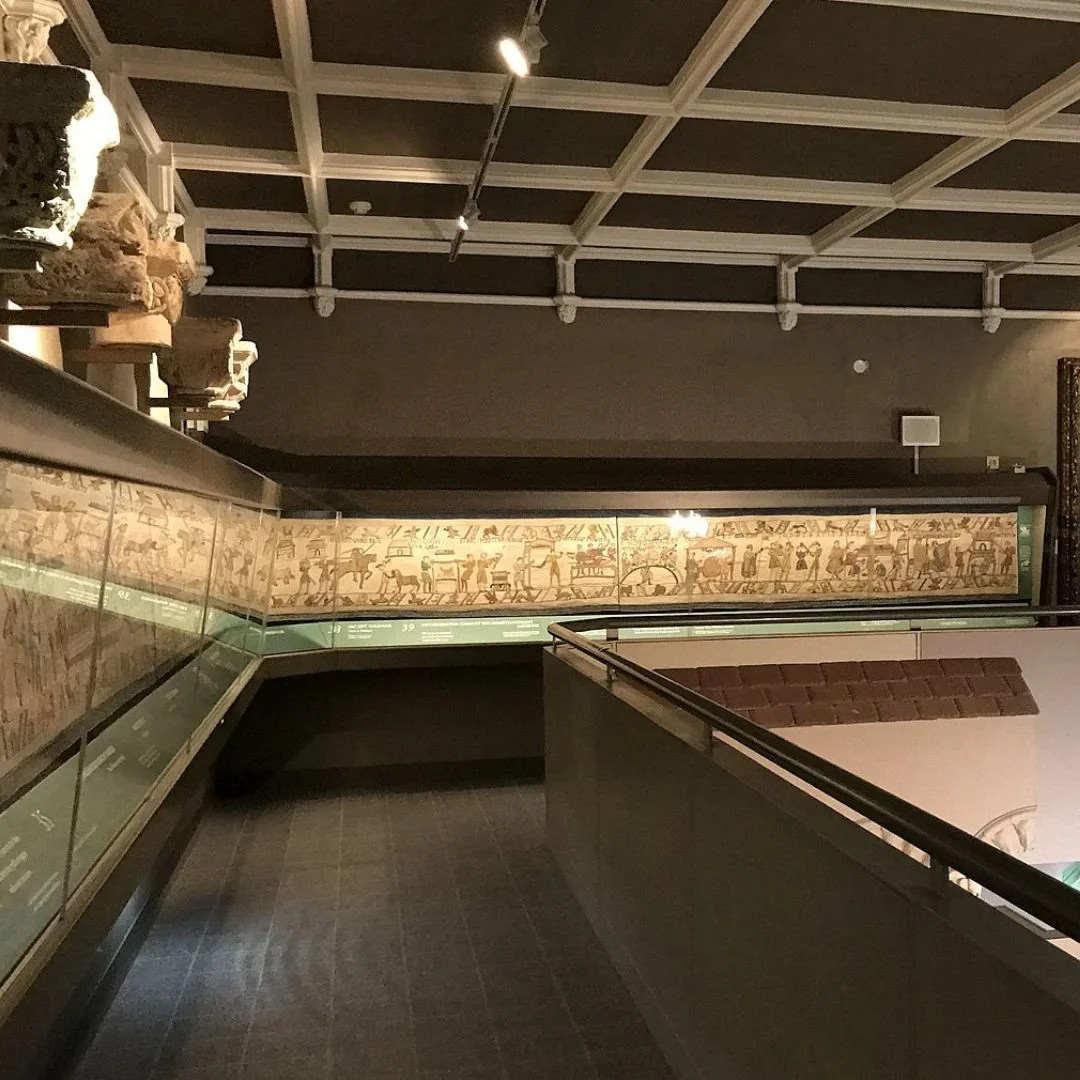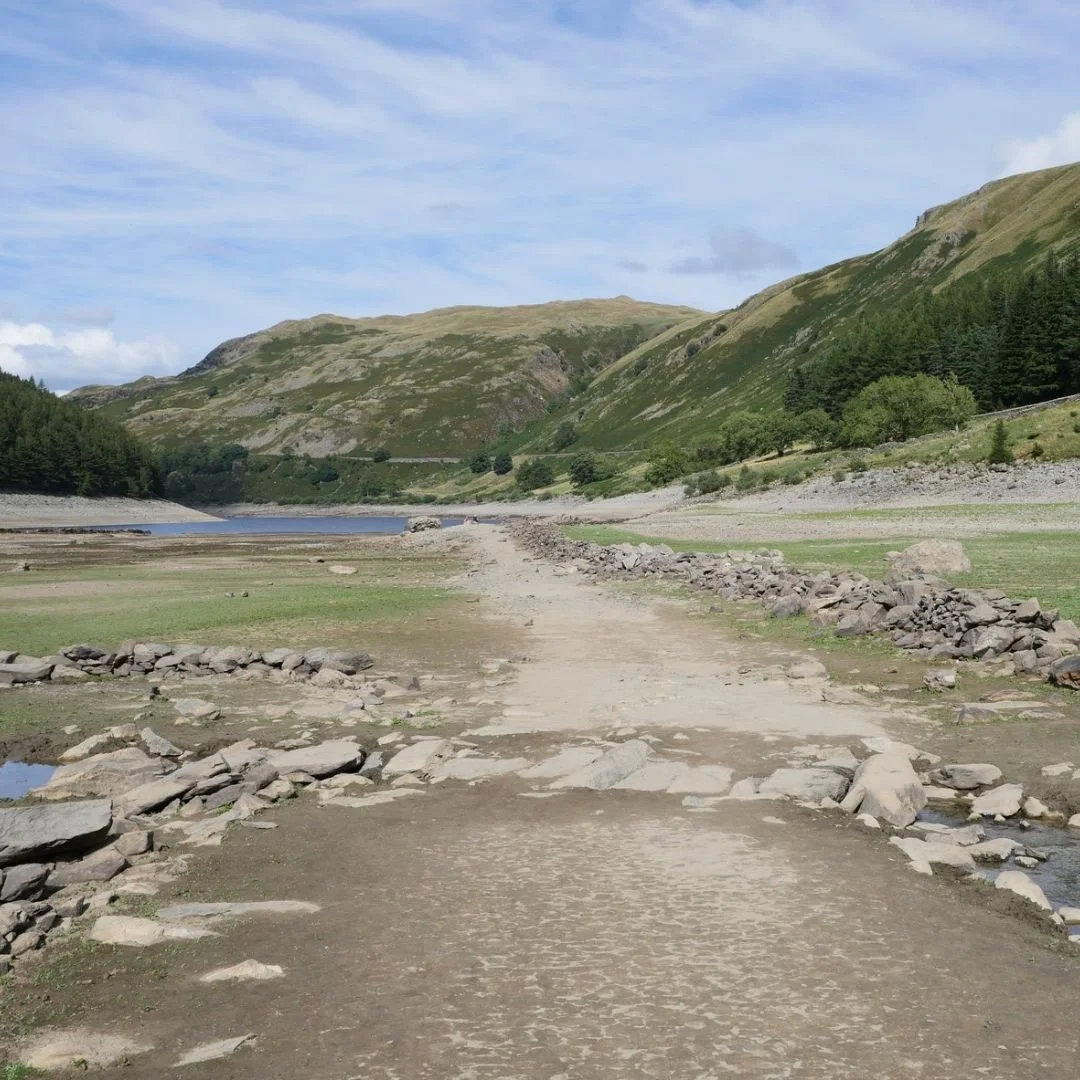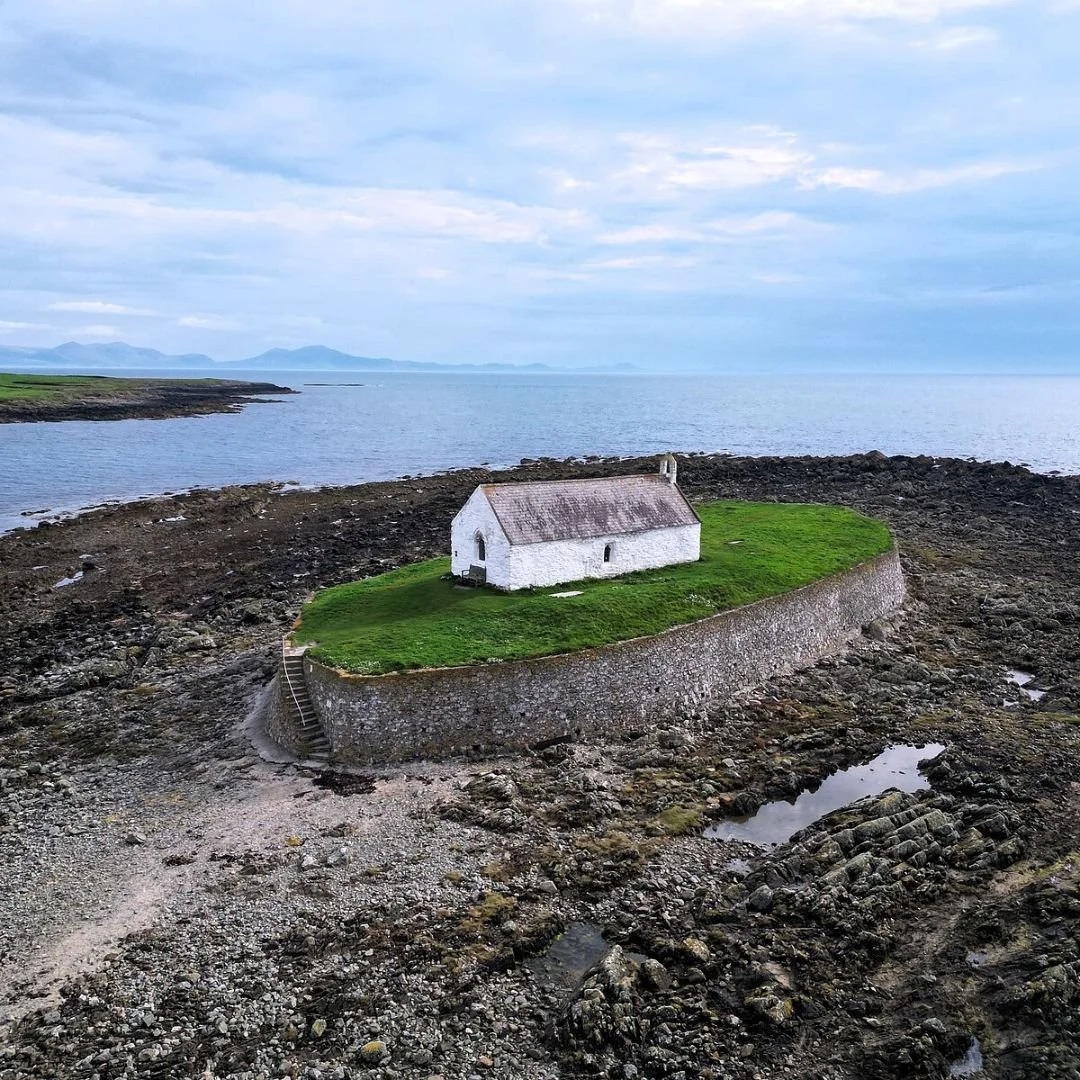The 1966 Aberfan Disaster, Wales
On the morning of 21 October 1966, a coal heap collapsed onto a school in the village of Aberfan in Wales, killing 144 people: 116 of them were children.
Intense rainfall resulted in water accumulating within the tip, causing it to swiftly slide downhill as a slurry.
The tragedy was one of the worst mining disasters in Britain, and subsequent inquiries showed it was completely avoidable.
Horrific images captured 60 years ago show father’s digging their own children out of the coal slip.
The small Welsh village of Aberfan is located in the Merthyr Vale of South Wales.
Aberfan was a tight-knit community built around the coal mining industry.
Like many other villages in South Wales, its livelihood depended on coal mining, with most men working at the Merthyr Vale Colliery.
However, the prosperity of the industry came at a cost.
Enormous quantities of mining waste, known as spoil, were dumped on the hillsides surrounding the village.
Over time, these spoil heaps grew precariously large, with one particularly ominous ‘Tip 7’ towering above Aberfan.
Tip 7 was constructed on a stream and unstable ground, a fact well-known but tragically ignored by the National Coal Board (NCB), which managed the site.
Despite warnings from local residents and miners about the dangers posed by the tip’s location, no action was taken to mitigate the risks.
At 9:15am on that fateful Friday morning, after days of heavy rain, Tip 7 began to collapse.
The saturated waste material turned into a fast-moving slurry, cascading down the hillside at a terrifying speed.
Within minutes, a tidal wave of black coal slurry engulfed the village below.
The first and most devastating impact was on Pantglas Junior School, where children had just started their lessons for the day.
Tragically, classrooms were instantly buried under tons of debris.
Some staff members lost their lives in heroic efforts to protect the children.
Nansi Williams, the school meals clerk, shielded five children with her body, saving their lives at the cost of her own.
Deputy headmaster, Dai Beynon, tried to shield himself and five children using a blackboard as the torrent of slurry swept through the school, but he and all 34 pupils in his class tragically perished.
Houses near the school were also destroyed, and the slurry continued its path of destruction, leaving devastation in its wake.
Approximately 140,000 cubic yards of debris cascaded 700 yards down the mountainside, also obliterating two farm cottages and claiming the lives of their occupants.
An additional 50,000 cubic yards surged across the canal and railway embankment, spilling into the village.
The slide severed two water mains buried within the embankment, releasing water that further saturated the mass of spoil.
Witnesses described the roar of the avalanche as resembling the sound of a low-flying jet or distant thunder.
Nearby, the secondary school also sustained damage, while 18 houses on surrounding roads were completely destroyed.
The slide’s aftermath also brought flooding to other homes in the vicinity, forcing many residents to evacuate.
When the torrent of spoil finally settled, it solidified into a mound of slurry up to 30 feet high, blocking the area and leaving devastation in its wake.
The immediate aftermath of the disaster saw a heroic response from residents, miners, emergency services, and volunteers.
Armed with shovels, buckets, and their bare hands, they worked tirelessly to dig through the rubble in search of survivors.
The scale of the disaster and the sheer weight of the slurry made rescue efforts harrowing and often futile.
Despite their valiant efforts, the community’s worst fears were soon realised.
The death toll climbed as bodies were recovered, many of them children who had perished in the school.
The grief-stricken parents and residents were left to confront an unimaginable loss.
In the wake of the disaster, a tribunal was convened to investigate the causes and assign responsibility.
The inquiry unequivocally blamed the National Coal Board for the disaster, citing their negligence in allowing Tip 7 to be built on such unstable ground.
Sir Alfred Robens, the chairman of the NCB, came under heavy criticism for his dismissive attitude and failure to act on warnings.
Despite the findings of the tribunal, no criminal charges were brought against the NCB or its officials.
The Board offered a financial settlement to the victims’ families, but the amount was widely regarded as inadequate and added to the community’s sense of injustice.
Aberfan experiences relatively high rainfall, averaging around 60 inches annually.
In 1960, rainfall reached 70.5 inches, the heaviest in recent years leading up to the disaster.
Between 1952 and 1965, the Pantglas area of Aberfan suffered severe flooding on at least 11 occasions.
Residents reported that the floodwater was black and left a greasy residue after receding.
Concerns were raised with the Merthyr Tydfil County Borough Council, which corresponded with the National Coal Board (NCB) between July 1963 and March 1964 regarding the "Danger from Coal Slurry being tipped at the rear of the Pantglas Schools."
Early in 1965, meetings between the council and the NCB led to an agreement to address the clogged pipes and drainage ditches causing the flooding.
However, no action had been taken by October 1966, when the tip collapsed.
In the years following the disaster, changes were made to prevent similar catastrophes.
Legislation was introduced to improve the management and safety of spoil heaps, and the coal industry began to take greater responsibility for the environmental and social impact of its operations.
The disaster also sparked national reflection.
Aberfan became a symbol of corporate neglect and the cost of prioritizing profits over people’s lives.
Public donations poured in from across the UK and beyond, raising nearly £1.75 million (equivalent to over £30 million today) for the Aberfan Disaster Memorial Fund.
However, even this was marred by controversy when the NCB insisted on using part of the fund to pay for the removal of Tip 7.
Today, Aberfan stands as a place of remembrance and reflection.
The site of the school is now a memorial garden, a serene and poignant tribute to the lives lost.
Each year, on the anniversary of the disaster, the community and the nation come together to honour the memory of the victims.
While the scars of that dark day in October 1966 will never fully heal, the legacy of Aberfan endures as a call for accountability and humanity in all walks of life.
If you enjoyed this blog post, please follow Exploring GB on Facebook for daily travel content and inspiration.
Don’t forget to check out our latest blog posts below!
Thank you for visiting Exploring GB.






















